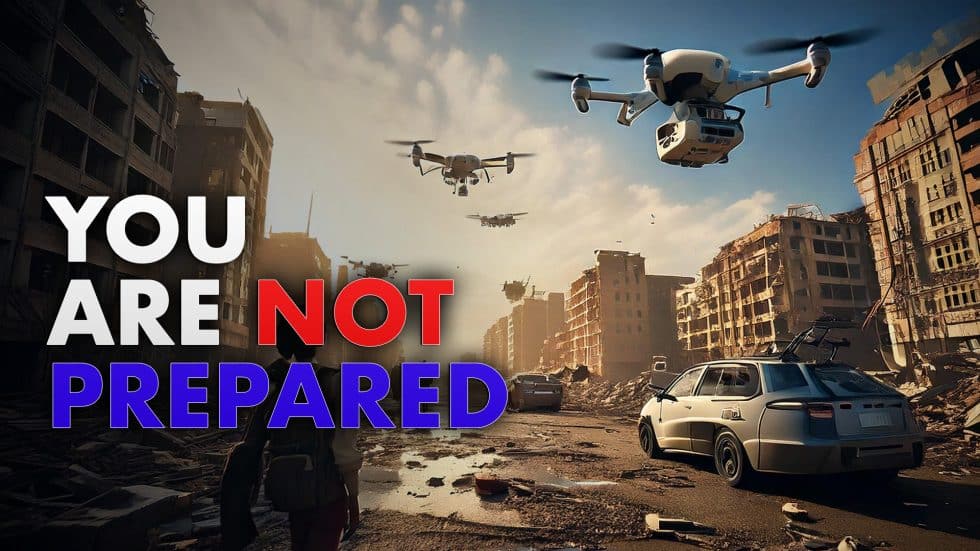The Corbett Report presents a thought-provoking exploration into the imminent future of drone warfare, highlighting the unsettling implications for humanity’s trajectory. Beyond the usual fears associated with conventional threats like terrorism or mythical creatures, the author focuses on the advanced technological landscape that is emerging, with drones taking center stage as a significant component of warfare. This new phenomenon threatens to redefine not only military strategies but also the socio-political realities of conflict and safety, evoking a sense of dread about the cold efficiency with which these machines operate. The discussion is aimed at helping the audience grapple with the moral, ethical, and existential considerations of living in a world increasingly populated by autonomous weaponry.
Drones, described as a “scary sight” by the author, possess the capacity to conduct surveillance and execute strikes without human intervention, rendering traditional notions of warfare and accountability increasingly obsolete. The allure of such technology is evident; it promises enhanced precision and reduced risk to human soldiers. However, inherent in this advancement are profound questions about the diminishing role of human decision-making and the potential for rising collateral damage. The fear of losing control over these machines and the chilling effect they could have on civilian life are pivotal points of concern. As such, the discourse is not merely about technological capabilities but underscores the larger implications of warfare where machines could potentially act independently of human oversight.
The article also discusses the cultural implications of drones, urging readers to reflect on societal complacency in the face of such developments. The comparison to traditional fears—ghosts or other ominous figures—serves as a reminder of how detached society can become from the real consequences of technological advancements. If the public views drone warfare as something distant or abstract, there’s a risk that they may not adequately prepare for nor react to such a significant shift in global security dynamics. The author posits that this disconnect could undermine conversations about the ethics of warfare in an increasingly automated world. The hesitation to confront the potential dangers posed by drones may result in a belief that these machines are merely tools for beautifying conflict rather than harbingers of a more complex moral quagmire.
Moreover, the report emphasizes the necessity for collective awareness and activism in addressing the implications of drone technology. The author advocates for greater public engagement with the ethical, humanitarian, and privacy concerns that arise from widespread drone usage. This point resonates particularly in an era where digital surveillance and military technologies are often woven into the fabric of everyday life, impacting civil liberties and personal freedoms. Encouraging individuals to take an active stance—whether through education, policy advocacy, or grassroots movements—could serve as a catalyst for reshaping the discourse around drone technology and its broader repercussions on society.
In conclusion, engaging with the concerns raised in The Corbett Report requires a proactive approach to the future of warfare, particularly as it pertains to drone technology. Recognizing the potential consequences of allowing autonomous machines to dictate terms of conflict leads to an essential dialogue about humanity’s role in shaping its own destiny. If society simply accepts these developments without critical examination, the dangers associated with the normalization of drone warfare could escalate significantly. Thus, it is incumbent upon individuals and communities to educate themselves and foster discussions that challenge the prevailing narratives surrounding drones and their place in modern conflict landscapes.
Ultimately, the report serves as a call to action—a reminder that the most terrifying specters may not be the mythical or traditional fears we confront, but rather the technological advancements that promise to change the fabric of our societies. Understanding and confronting the realities of drone warfare is less about succumbing to fear than about mobilizing against potential abuses of technology. By fostering awareness and encouraging nuanced conversations, society can advocate for a future where technology serves humanity ethically and responsibly, rather than allowing it to spiral into an uncontrollable realm of conflict and ethics.

